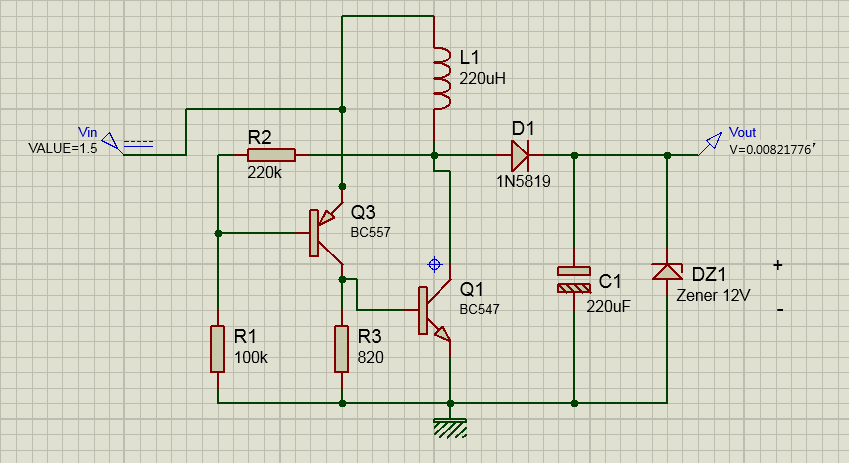electronium
Member
Greetings to the colleagues of the forum
I wanted to simulate the simple circuit that I executed from the Imic site, so that I can make changes later on, the Proteus emulator file does not work.
8.16 version
The desired file of the software project
Circuit schematic file

circuit test video
I wanted to simulate the simple circuit that I executed from the Imic site, so that I can make changes later on, the Proteus emulator file does not work.
8.16 version
The desired file of the software project
Circuit schematic file

circuit test video
Last edited:
